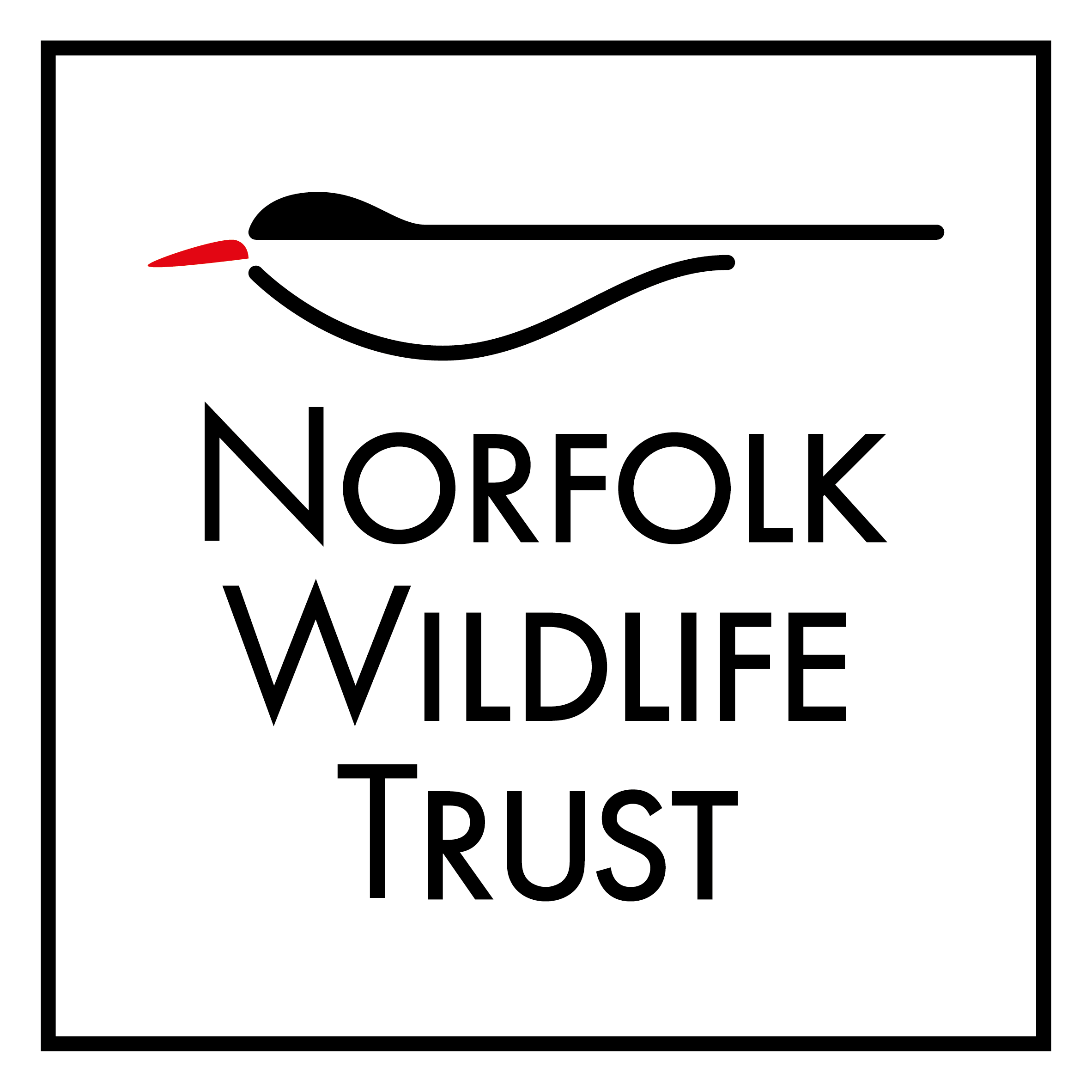Search
Search
Tern magazine survey
Wood warbler
Look for the wood warbler singing from the canopy of oak woodlands in the north and west of the UK. Green above, it has a distinctive, bright yellow throat and eyestripe.
Common pond skater
The common pond skater can be seen 'skating' over the surface of ponds, lakes, ditches and slow-moving rivers. It is predatory, feeding on small insects by detecting vibrations in the…
Greater pond sedge
A tussocky sedge, Greater pond sedge has stout, upright flower spikes, strap-like leaves and triangular stems. It prefers lowland wetland habitats on heavy soils.
How to build a pond
A wildlife pond is one of the single best features for attracting new wildlife to the garden.
Kay Barker - Inspired by nature
An exhibition by Kay Barker whose work explores aspects of nature and the environment.
Garden warbler
A plain-looking warbler, the garden warbler is a summer visitor to the UK. It is a shy bird and is most likely to be heard, rather than seen, in woodland and scrub habitats.
Cetti's warbler
A dark, stocky warbler, the Cetti's warbler is most likely to be heard, rather than seen - listen out for its bubbling song among willow, marsh and nettles.
How to create a mini pond
Even a small pond can be home to an interesting range of wildlife, including damsel and dragonflies, frogs and newts. Any pond can become a feeding ground for birds, hedgehogs and bats – the best…
Reed warbler
Listen out for the 'chattering' song of the reed warbler, while wandering the UK's lowland wetlands in summer. A small, brown bird, they are quite hard to see.
Willow warbler
A summer visitor, the willow warbler can be seen in woodland, parks and gardens across the UK. It arrives here in April and leaves for southern Africa in September.
